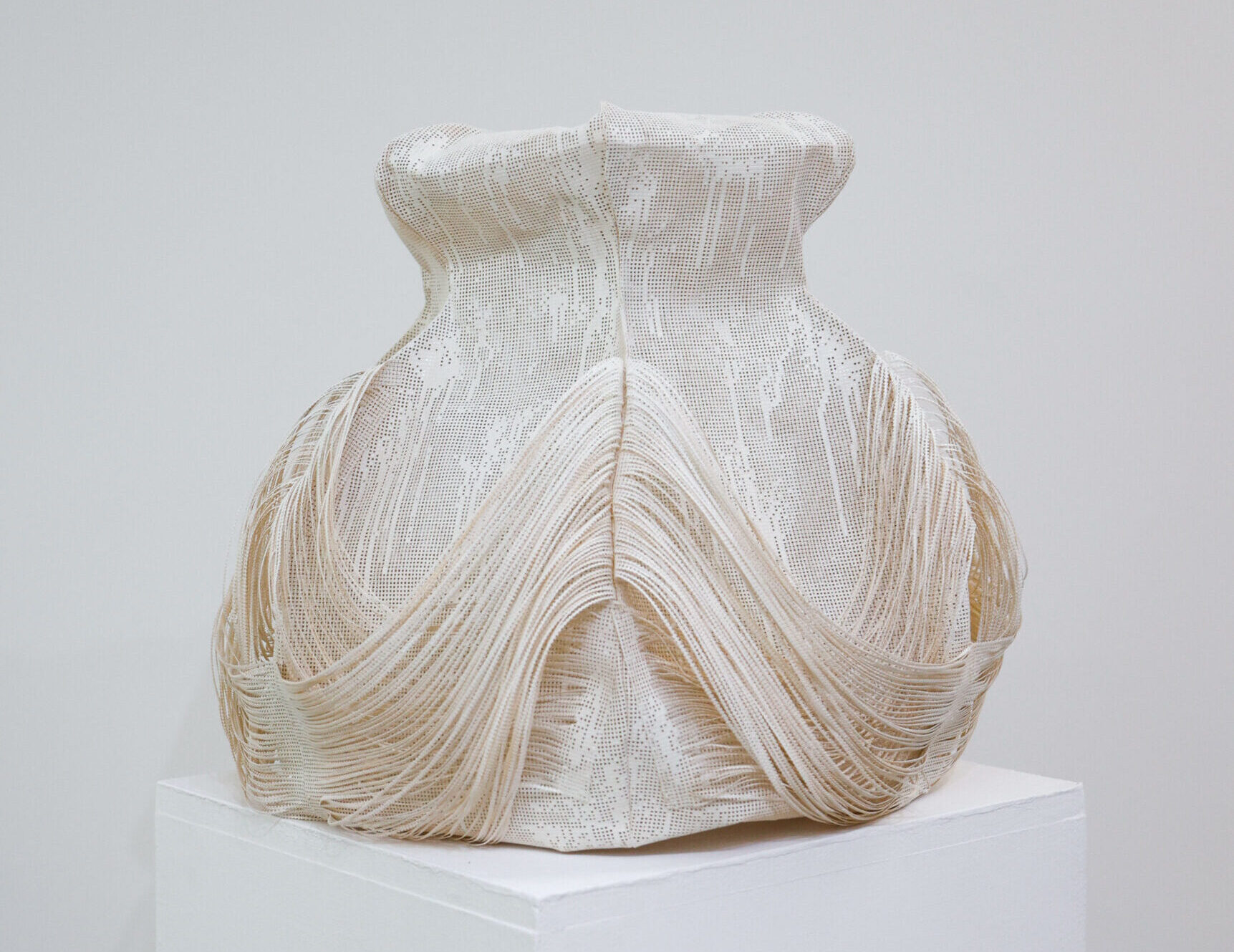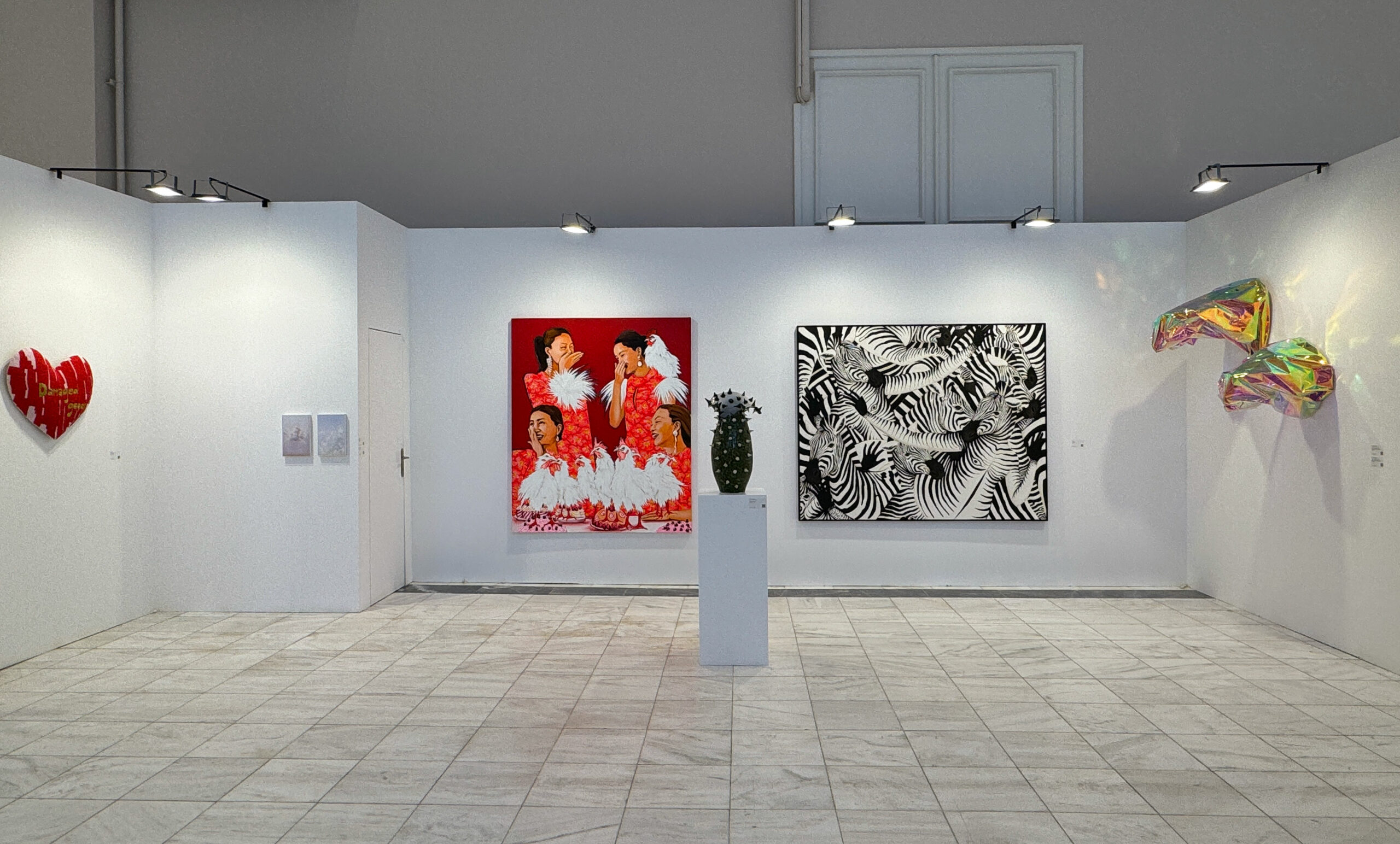7 Factors that Determine the Commercial Value of Art
7 Factors that Determine the Commercial Value of Art
A common question in the art world is what determines the value of an artist’s work. What makes one artwork sell for 10,000 and another for 10 million—or even 100 million? The correct answer is that it’s a lot more than simply talent or ability. It is a culmination of factors that are weighed against each other, including straightforward and visible things like size and less directly apparent things like an artist’s reputation and demand from collectors.
Here are a few key factors that determine the commercial value of art:
1. Artist
The artist’s position in the art world is among the most important aspects to consider. Especially in the secondary market, looking at history, it’s easy to see that some artists were more important than others. This is because of many factors, including being pioneer and original. In the primary market, artists who are being talked about, win awards and included in exhibitions with important galleries and museums, are more likely to sell for a high price.
2. Scarcity
Another factor that affects the value is the prolificity of an artist. An artist who produced more artworks during his career will not hold the same value as the one who produced less, mainly due to scarcity. Rarity not only justifies the price; it also suggests an exclusive club of ownership.
3. Authenticity
Authenticity is one of the most important properties of an artwork. Authenticating an artwork is something very easy when the artist is alive, but in the case of a deceased artist, documentation is crucial and can have a major impact on the price.
4. Subject / Style
There is usually a period in every artist’s work life that informed opinion considers it to be better than the rest. Moreover, collectors are typically drawn to works that are representative of the style that the artist is most known for.
5. Condition
The best scenario is for the artwork to be in its original untouched unrestored condition. However, if the art has had restoration or conservation work done, or it has condition problems and needs to be restored in significant ways, it can affect its value significantly.
6. Provenance
An artwork becomes more valuable with a strong provenance. If an artwork has been exhibited in museums or has been part of the collection of a renowned art collector, it will automatically worth more.
7. Technique / Medium
Technique also affects the value of art. Usually oil on canvas is worth more than works on paper. Likewise, prints and multiples are worth less than the price for a unique work of similar size and appearance by the same artist. Their primary market value depends on their edition number and technique.
Subscribe to our mailing list to receive news for upcoming shows, valuable insights and useful tips on collecting art
We will process the personal data you have supplied in accordance with our privacy policy.





